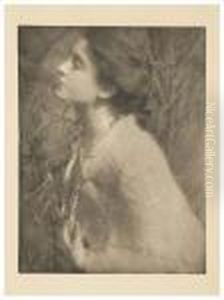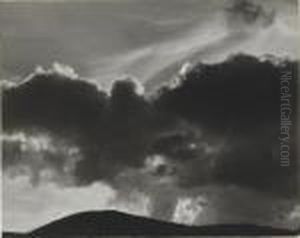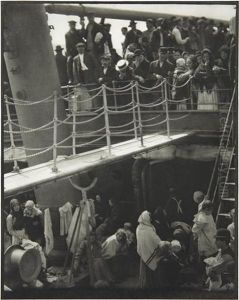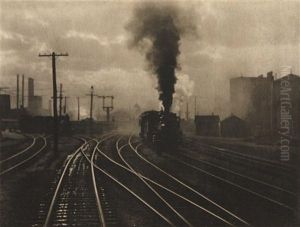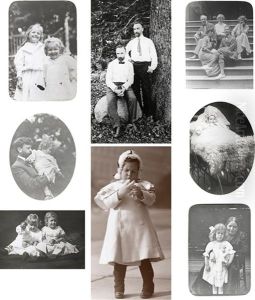Alfred Stieglitz Paintings
Alfred Stieglitz was an American photographer and modern art promoter who was instrumental in making photography an accepted art form alongside painting and sculpture. Born on January 1, 1864, in Hoboken, New Jersey, Stieglitz was the son of German Jewish immigrants. His family's wealth afforded him a good education and the opportunity to travel to Europe for study. It was during his time in Germany, particularly when he was studying engineering in Berlin, that he became seriously involved with photography.
Stieglitz returned to New York in 1890, where he became a pivotal figure in the fight for photography's recognition as a legitimate art form. He worked tirelessly as a photographer, publisher, gallerist, and advocate for modern art. Stieglitz's own photography is renowned for its rigorous standards of technique, composition, and expression. In 1902, he founded the Photo-Secession group, which promoted photography as a fine art. As part of this effort, he began publishing 'Camera Work', a quarterly photographic journal that featured the best of pictorialist photography, along with critical writings that argued for photography's status as an art form.
He also ran several influential art galleries, including the Little Galleries of the Photo-Secession, more commonly known as '291' after its address on Fifth Avenue, and later the Intimate Gallery and An American Place. Through these galleries, Stieglitz introduced many European avant-garde artists, such as Auguste Rodin, Henri Matisse, and Pablo Picasso, to the American public. He was also one of the first to exhibit the works of American modernist artists like Arthur Dove, John Marin, Marsden Hartley, and Georgia O'Keeffe, who would eventually become his wife.
Throughout his career, Stieglitz's photographic work evolved from a pictorialist style into a more straightforward, modernist approach. This shift paralleled the changes in the broader art world at the time. Some of his most famous works include the 'Equivalents' series of cloud photographs and the portraits of Georgia O'Keeffe.
Stieglitz was a charismatic and often domineering presence in the world of art. His relationships with artists were complex, and he was known for his ability to identify and nurture talent, although he could also be very controlling. Despite these complexities, his impact on the development of modern art in America is unquestionable.
He continued to be active in the art world until his health declined in the 1940s. Alfred Stieglitz passed away on July 13, 1946, in New York City. His legacy includes not only his photographic works but also the significant strides he made in establishing photography as a respected and valued art form.
